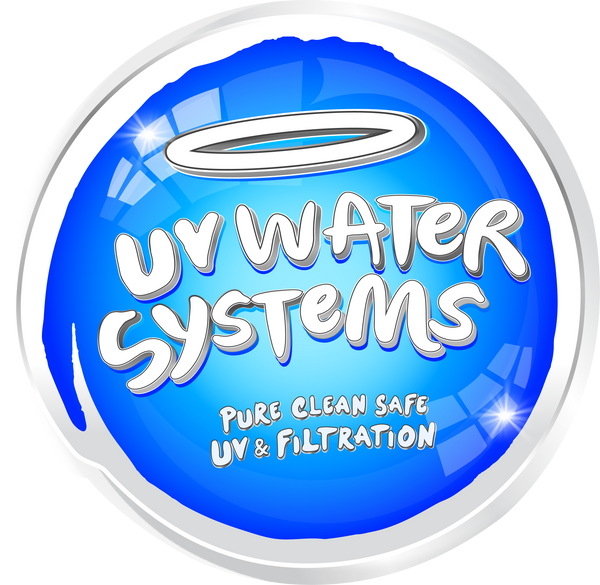With water costs rising and environmental consciousness growing, more Kiwi families are turning to rainwater harvesting. It is safe to drink rainwater in New Zealand, as long as you have the right filtration and purifying solutions in place. Let's explore what it takes to transform that water falling on your roof into clean, safe drinking water for your family.
What Makes Rainwater Potentially Unsafe?
Before we dive into solutions, let's understand the challenges. Several factors can compromise the safety of harvested rainwater:
Roof contamination happens when bird droppings, dead insects, leaves, and dust settle on your roof surface. These materials can introduce harmful bacteria like E. coli and Salmonella into your water supply.
Tank conditions play a crucial role, too. Poor tank maintenance, inadequate cleaning, and improper sealing can lead to bacterial growth and contamination. Sediment buildup in tanks creates an ideal environment for microorganisms to multiply.
Environmental factors like air pollution, nearby industrial activities, or agricultural chemicals can also affect rainwater quality. Even in New Zealand's relatively clean environment, these considerations matter.
Meeting New Zealand Standards for Drinking Water
If rainwater is being harvested for human consumption, roofing, spoutings, downpipes, and pipework materials must comply with AS NZS 4020 Testing of products for use in contact with drinking water.
This standard ensures that all components in contact with your drinking water don't leach harmful chemicals. But compliance with materials standards is just the beginning. You'll also need proper filtration and sterilisation systems to eliminate biological contaminants that can make you seriously ill.
The Three-Stage Solution: Filtration Plus UV Sterilisation
Creating safe drinking water from rainwater requires a systematic approach. The most effective systems use a three-stage filtration process combined with UV sterilisation:
First stage: Pleated 5 Micron Filter removes larger particles like sand, sediment, and debris. This initial filtration prevents your downstream filters from clogging quickly and ensures better overall system performance.
Second stage: Carbon 5 Micron Filter tackles taste, odour, discolouration, and chemical contaminants. This stage is crucial for removing chlorine-like chemicals and improving the overall palatability of your water.
Third stage: Melt Blown 1 Micron Filter captures any residual particles that made it through the previous stages, providing a final polish to your filtered water.
Why UV Sterilisation is Essential
This is where UV technology becomes crucial. UV sterilisation systems use ultraviolet light to destroy bacteria, viruses, and other microorganisms that filtration can't remove. The process is chemical-free, environmentally friendly, and highly effective when properly implemented.
The key is understanding that effective UV sterilisation requires precise calculations based on water turbidity, flow rate, chamber dimensions, and UV lamp specifications.
Quality UV systems use marine-grade 316L stainless steel chambers with internally offset and polished surfaces for better UV exposure.
Where Rainwater Harvesting Thrives in New Zealand
Many houses in Aotearoa, New Zealand, have rainwater collection tanks, particularly in rural areas. This is especially common in regions with reliable rainfall and properties not connected to municipal water supplies.
Areas like the Rodney District, including communities such as Warkworth, Wellsford, and Helensville, have embraced rainwater harvesting due to abundant rainfall and rural properties. Similarly, parts of the Waitakere ranges, Franklin District areas like Pukekohe and Waiuku, and rural sections of the North Shore have well-established rainwater harvesting communities.
Even urban areas are increasingly adopting rainwater systems, with properties in Auckland City, Manukau, and other metropolitan areas installing systems for both water security and environmental benefits.


